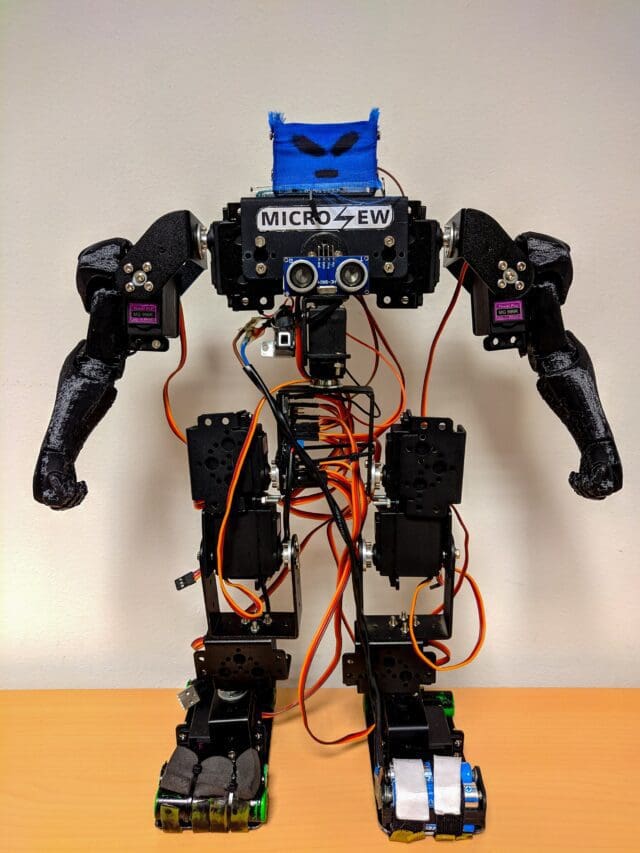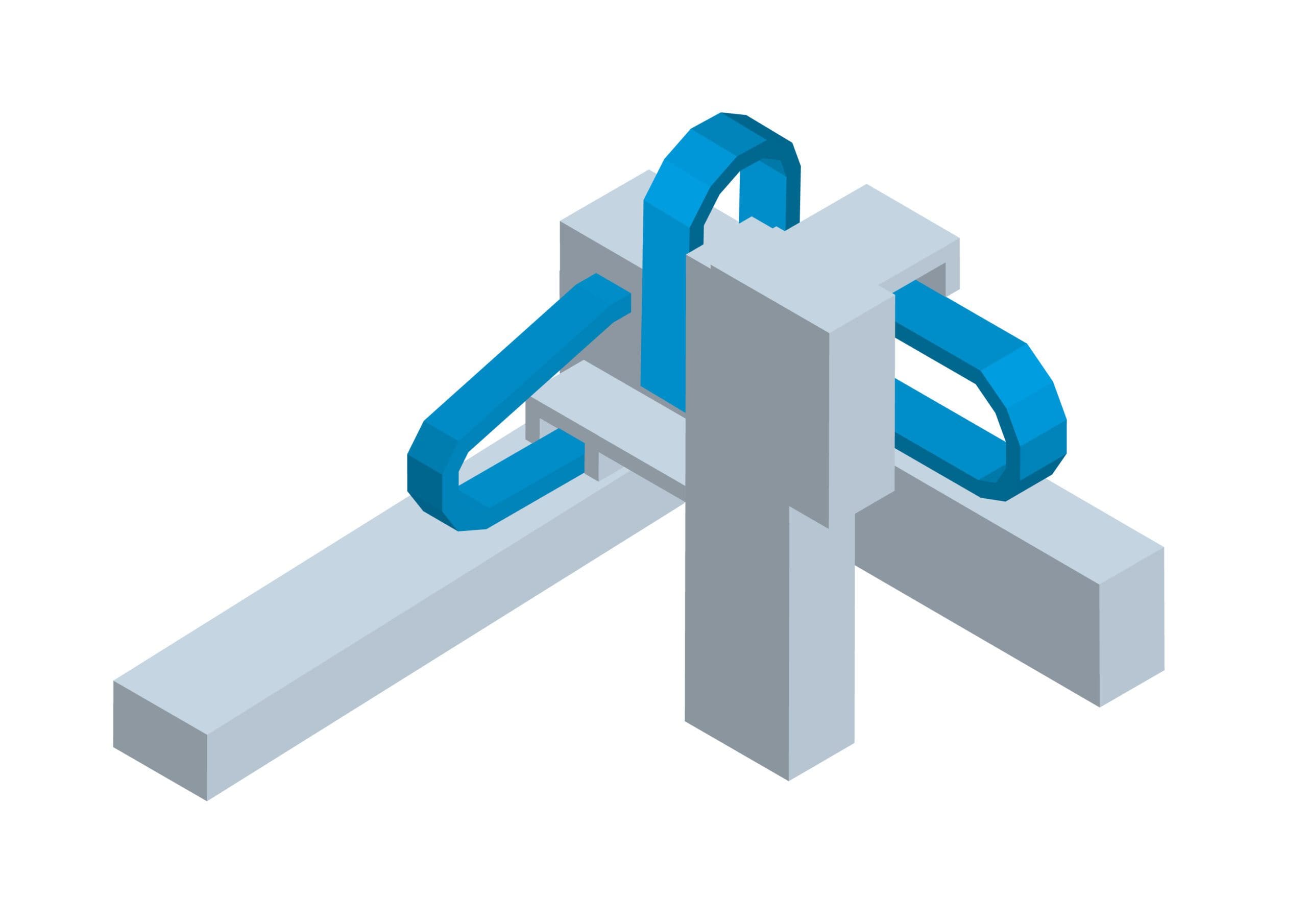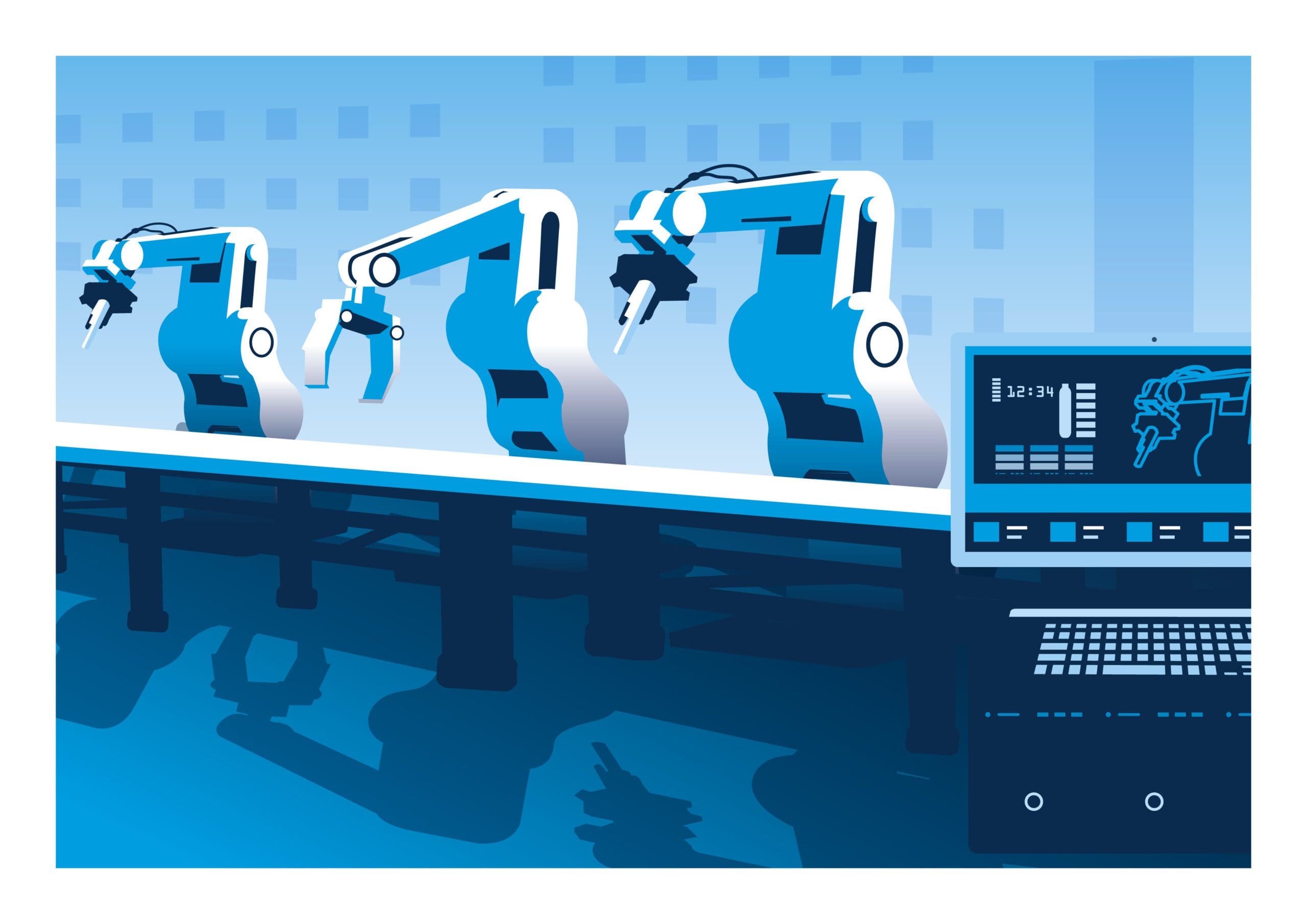The Spanish National Competition Robotics League, founded in 2008, has not stopped growing. While slow at first, it is now gaining momentum thanks to Mouser's support of the organizers. In this way, it is expected to significantly increase the development of prototypes and offer a better experience to its fans.
Some people may think that robot competitions are only for children and that they are of no interest to the electronics industry, but by doing so they are doing them a disservice and not showing them the respect they deserve. As we have learned with the Spanish Robotics League, and after observing the DARPA Grand Challenge and other similar previous events, competitions between robots become something serious. Now they are beginning to show enormous potential and, spurred on by growing interest from the general public, they seem poised to forge a vibrant and innovative industrial sector with its own weight over the next few years. In the early stages of the Spanish Robotics League, the organizers were able to keep going by procuring the necessary hardware from whatever source members could access. At that time (around 2008/2009), it was very difficult to obtain certain components and modules in Spain. Perhaps it was possible to purchase the typical microcontrollers, timers and motors (although that also depended on the model and vendor). However, if something less generic was needed, the situation proved to be much more complicated.
Local suppliers were generally not in a position to offer help, and delivery took months as it came from Taiwan or China. As a result, between 2008 and 2016 our prototyping efforts always had to rely on long supply chains, and in some cases minimum order quantities were well above what was needed. Uncertain availability affected project completion and other added costs increased costs. All this significantly affected our work, especially the speed with which we could add new competition categories. In order to innovate, we had to greatly improve access to advanced components that would enhance our designs.
Mouser enters the scene
Obtaining high-quality, ISO-compliant materials in small quantities and in just 48 hours makes things much easier for us. It allows working on 4 different prototypes at the same time instead of just one as usual at the beginning of the league. This means that you can experiment with various design concepts and, through a process of trial and error, make the appropriate decisions. A recent example of this is the use of Panasonic's 769-AMBA345912 and 769-AMBA2409 motion/position sensors, which have been incorporated into a particular project after being supplied by Mouser.
The experienced builder of competition robots Xavier Puigmal, considered one of the best in Spain (he has won no less than 5 league titles in the last decade), saw his colleagues use these components in Asia, when he attended the prestigious ' All Japan Robot Sumo' held in Yokohama. In general, when it comes to the designs of competition robots, if you want to acquire sensors, you try to reduce the prices and apply heuristics to low-pass filters and the software application to manage uncertainty (caused by lighting conditions, uneven ground, etc.). However, for someone as technically savvy as Xavier, who is competing at the highest level, low-end devices just don't cut it. First-class robot designs require a bit more investment, perhaps €40-60 per sensor. Delivery times are also important since the sooner the products are received, the more time is left to introduce improvements based on them.
Stimulate a higher degree of innovation
The league is not only made up of well-established categories. We constantly develop new prototypes to which more categories can be added, with which we hope they will be more attractive to a greater number of fans. This ongoing prototyping activity can also offer patent filing opportunities that allow the league to access a complementary revenue stream. One area we are currently looking into is LiDAR sensing technology. Products like the 474-SEN-14599 optical sensing development platform may offer a way to accurately scan the surrounding environment using LiDAR and thereby identify the robots present. This greatly expands a compelling category and could help generate a greater degree of support through social media posts. Another area of enormous interest relates to the growing presence of development boards for the Internet of Things (IoT), such as Microchip's 579-DM990013BNDL with its 4-bit ARM Cortex-M32 microcontroller. Such hardware provides a solid foundation for developing robot prototypes with various feedback mechanisms and high levels of computing power (when compared to traditional microcontrollers). We are currently working on a particular patent that will be the focus of another blog in the near future.
Without Mouser's fast turnaround, it probably wouldn't be possible to finish before the end of this year, but our forecast is that it will be in the summer. I wish it was possible to order all the necessary components at once, but as our electronics engineers have pointed out in the past, "we need materials to know what other materials we will need." Next weekend, all the teams will come together for our annual mid-season meetup. Many teams have already put together their midseason wish lists, hoping it will give them a greater competitive advantage over their rivals. For example, the Lleida Robotics Club has requested 6 units of the Adafruit 485-1927 proximity sensor card, as well as 10 Toshiba 757-TB-6612FNGC8EL motor controller integrated circuits, as well as 40 optical sensors based on 512-phototransistors. QRE1113GR from ON Semiconductor.
Teams are always on the lookout for inertia measurement units (IMUs). A very popular choice in this regard is Adafruit 474-SEN-13762. We will stream the work sessions of our meetings in 2019. If you want to send questions, use the following social networks to connect with us: YouTube, Facebook, Twitter.







